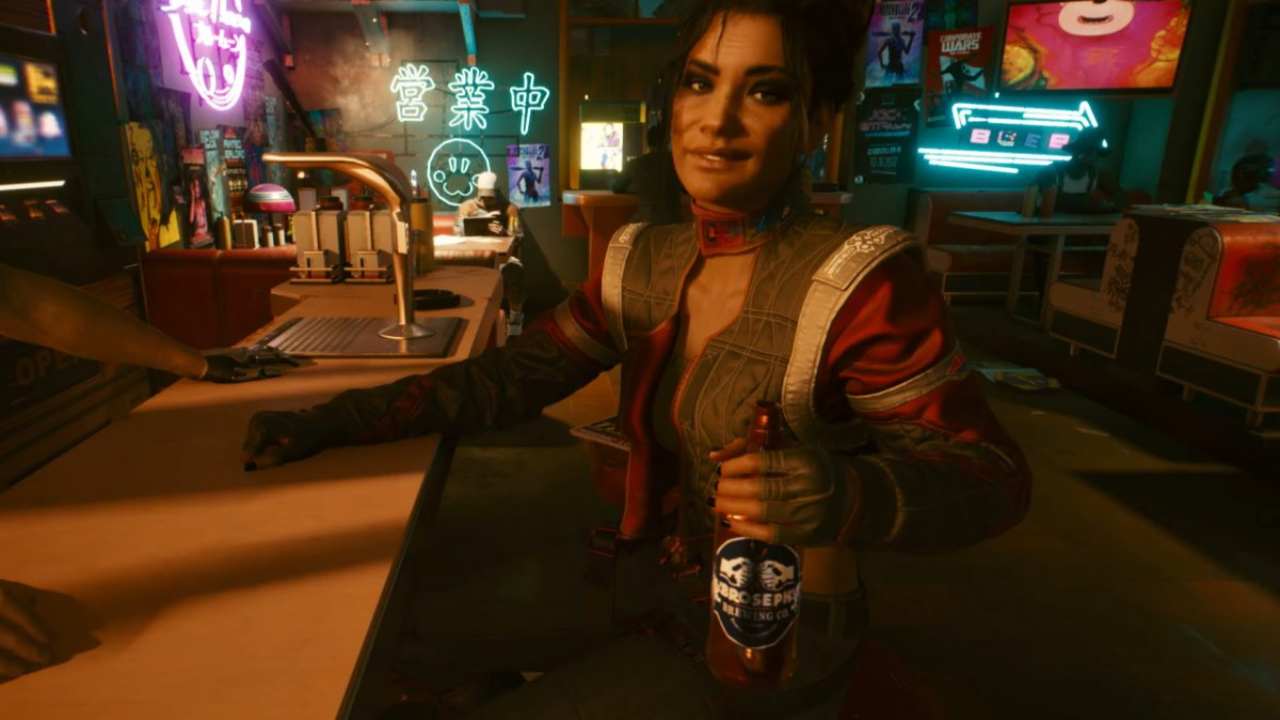The past couple of years have accelerated some significant changes in the realm of commerce. First, because of COVID uncertainty, shoppers have gone phygital – mixing online and in-store shopping and expecting a seamless experience between the two. Second, in 2021, new NCAA rules finally emerged, giving student-athletes permission to monetize their name, image and likeness. So, just as more and more shoppers were spending at least part of their shopping time online, a sudden availability of fresh, high-impact influencer talent emerged from student-athletes. Like fresh lemonade squeezed from over a year of lemons, this new class of influencers dove into social commerce just as consumers started craving new ways of mid-pandemic shopping.
In surveys conducted by Inmar Intelligence, the growing importance of social commerce and phygital or cross-channel shopping became even more apparent. More specifically, shopping that lives alongside regular day-to-day social media experiences tops the charts for engagement and ROI.
- 56% of shoppers spend over 7 hours per week on social media platforms, and 18% spend over 13 hours weekly.
- 66% of all demographics have already begun purchasing through social media platforms.
- 46% of shoppers would perform at least half and up to 100% of their shopping online and / or through social platforms, technology permitting.
Influencers are – not surprisingly – dominating the omnichannel purchase funnel. After all, it’s an ecosystem that created the influencer role, and one that relies on their authority. 77% of Gen Z and Millennial shoppers admit being influenced by social media in their purchases. And, 70% of internet users in the United States already follow influencers on social media.
The introduction of student-athlete influencers initiated the second evolution of influencer marketing. Over 500,000 collegiate sports stars entered the influencer marketplace overnight, bringing with them large, loyal, pre-built audiences. These audiences are more localized, and surround personalities from all sports and events – some of the highest potential earners don’t even come from the most-watched sports, schools, conferences, or divisions.
And follower count on social media is one thing – the real measure of an influencers’ capability as a driving force behind purchase decisions is engagement. While the traditional influencer typically achieves between two and three percent engagement, the average student-athlete hits over 10% – some reaching 34% and beyond. When you consider the fact that almost 80% of young-to-mid-aged shoppers are buying based on influencer recommendations, the implications of the new athlete-influencer role are profound.
Marketers recognize the enormous potential of student-athlete influencers. Of 300 industry professionals surveyed:
- 61% believe that student-athletes will be more effective at driving awareness than traditional influencers
- 87% feel that student-athletes are capable of producing effective content as influencers
- And 74% have activated, or are currently activating, student-athletes as influencers
Because such a massive opportunity cannot come without a small catch, activation of student-athletes does take a touch more effort than activation of traditional influencers. A complex system of rules and regulations at the state, school, and organizational level governs student-athlete implementation and is challenging to navigate without guidance. Engaging with a prepared partner solves this problem. Inmar Intelligence, for example, employs proactive, AI-enabled multi-layer compliance monitoring to make the complicated pre-activation steps a non-issue.
The stars of college sports are ready to get to work. Hundreds of thousands of loyal fan bases are ready to make purchases. All you have to do is prepare the playing field. Are you game?
When you’re ready to give student-athlete influencers their shot at driving prime-time revenue, get in touch with Inmar!













